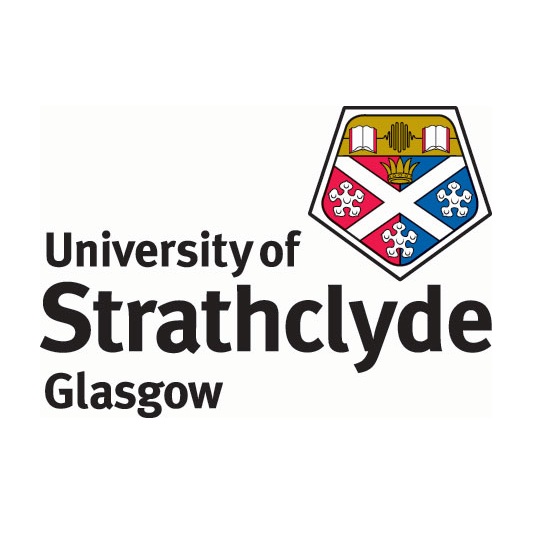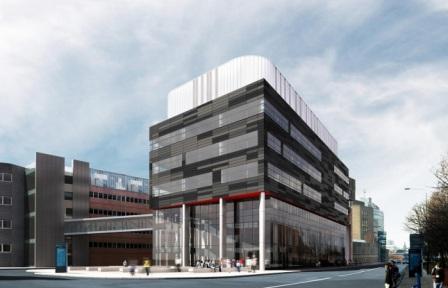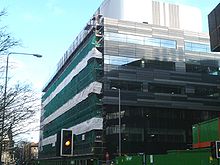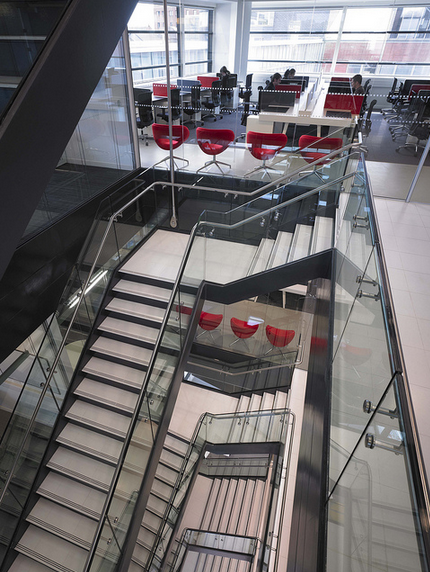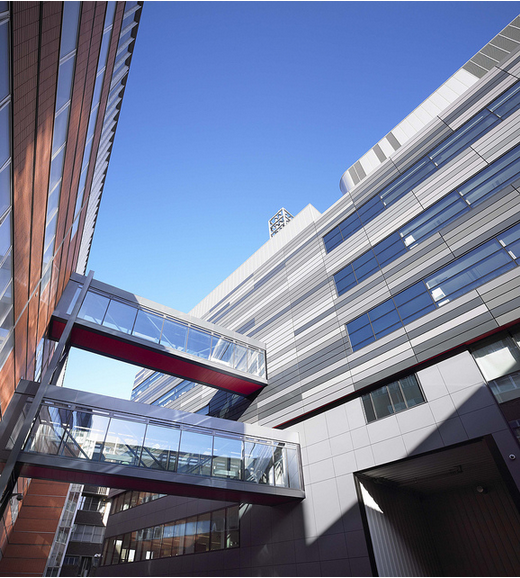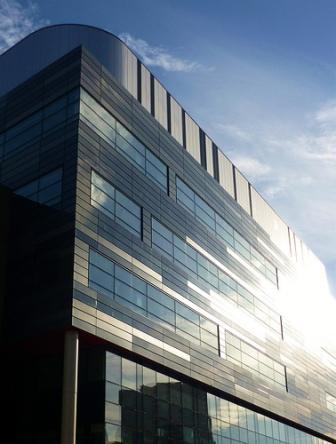Interview with Estates Management
On the 4th of April 2012 one of the team members was given a meeting with ES, who own and operate the building. During this meeting the team member was given the opportunity to interview one of the representatives of ES in order to gain a stronger understanding of the operation of the building, how it is designed and why it is designed the way it is. The transcript for this interview is shown below.
Who designed the SIPBS building?
The design was done by consultants, but the university supplied parameters such as the number of students, activities performed in areas of the building and when these areas would in use.
How would you describe ES’ involvement in the design stage?
Rushed.
Can you clarify what you mean by rushed?
The transition from Design briefs to tender is very rushed. There was not enough time for everyone involved to fully study and scrutinise the briefs and generally, I feel the University should try and improve upon how stage A and B (of the design process) are managed.
How were the future users of the building represented in the design stages?
Two or three academics who represented the needs of each department, collated the different needs of their department and brought this to the “briefs” meetings
Was training provided on how to operate the building’s AHU?
There was training provided however it was not adequate due to time restrictions. We accepted ownership of the building before known issues were fixed which made getting these issues sorted a real challenge.
How often do you interact with the BMS?
Honestly? Reactively. We do not have enough staff for anyone to spend a lot of time on BMS.
We have discovered over 50% of the occupants of the SIPBS building dissatisfied. How do you feel about that?
We are trying our best and we will endeavour to address occupant’s dissatisfaction.
Are casual gains of the zones known or accounted for?
No.
We discovered the boiler(s) is(/are) running 24/7, do you know why?
It is due to academic freedom. Although we know the building could be unoccupied over nights, weekends and holidays, we cannot close the building.
During commissioning and hand over, did anyone consider aftercare?
Yes, but money was an issue.
What do you think ES has learned from the SIPBS building project?
Investing more time during stages A and B (of the design process) could pay off and not investing enough time at these stages proves costly, this has been evidenced by the problems we are encountering in the SIPBS building. During design stages, we should consider an iterative approach so that we make sure we get the design right and we at ES understand the systems early on so that we are ready for them after building handover. Finally, I think we could do with an in house design and commissioning engineer.

